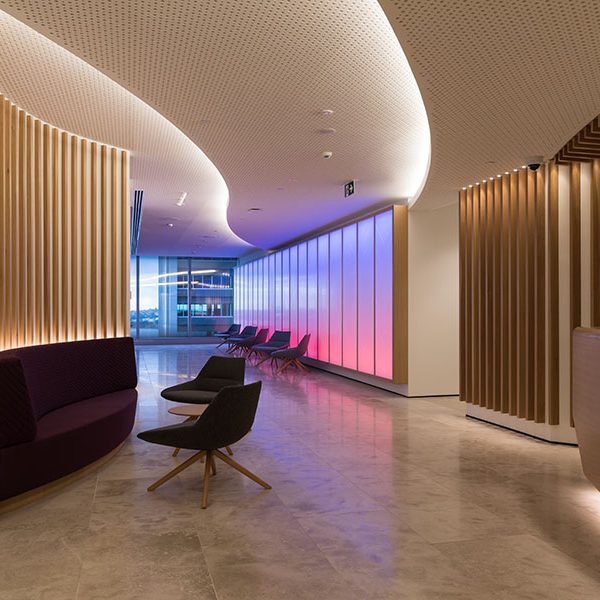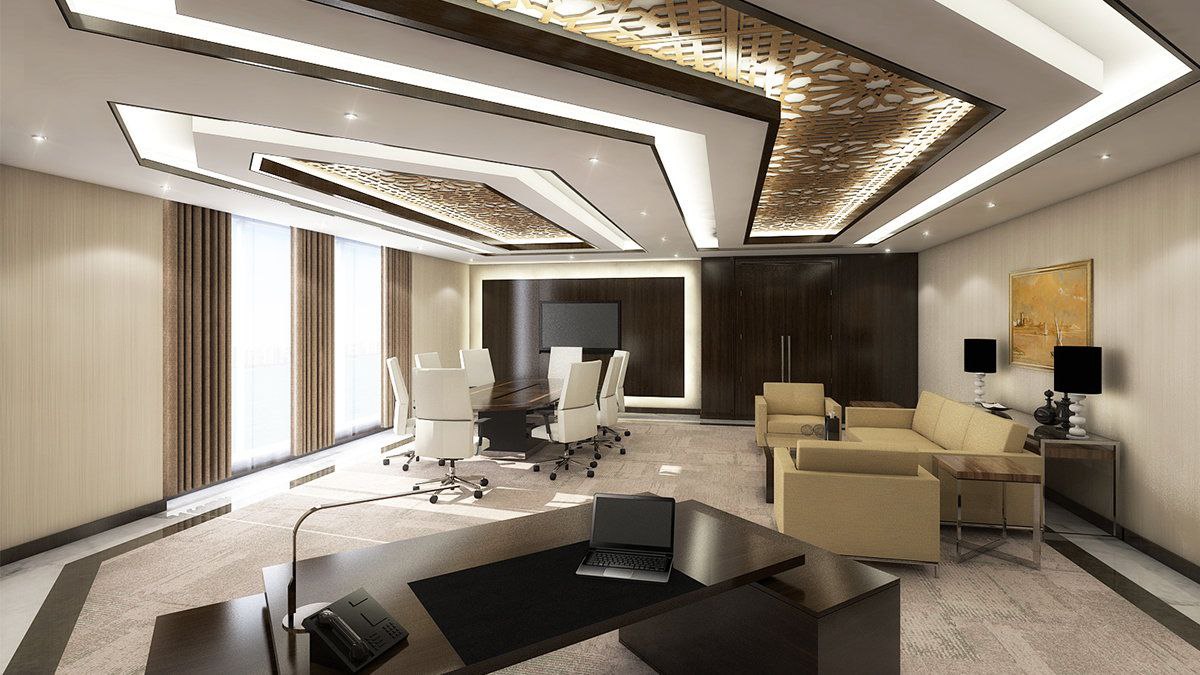Title: Understanding False Ceilings: A Comprehensive Guide
Introduction
- Brief introduction to the concept of false ceilings.
- Explanation of why they are popular in modern architecture.
What is a False Ceiling?
Definition and basic concept.
- Differentiation from traditional ceilings.
Historical Context
- A brief overview of the historical development of false ceilings.
Evolution in design and material used over the decades.

Types of False Ceilings
- Gypsum False Ceilings: Advantages, disadvantages, and applications.
- POP (Plaster of Paris) Ceilings: Characteristics and usage.
- Wooden False Ceilings: Aesthetic advantages and limitations.
- Metal Ceilings: Durability and where they are best applied.
- Fiber and Glass False Ceilings: Use in modern architecture with examples.
Advantages of False Ceilings
- Thermal insulation benefits.
- Aesthetic improvement and design flexibility.
- Acoustic insulation: enhancing soundproofing.
- Concealment of electrical wires, plumbing, and conduits.
- Fire safety advantages.
Disadvantages of False Ceilings
- Cost implications compared to standard ceilings.
- Maintenance considerations.
Possible reduction in room height and space limitations.

Application Areas
- Use in residential homes.
- Commercial office spaces.
- Hospitality industry: hotels and restaurants.
- Special use cases: auditoriums and theaters.
Current Trends in False Ceilings
Use of sustainable and eco-friendly materials.
- Integration with smart technology like LED lighting systems.
- Design trends: minimalist versus elaborate designs.
Case Studies
- Showcase a couple of projects where false ceilings have transformed spaces.
Conclusion
- Recap the benefits and considerations in choosing false ceilings.
- Encouragement for using false ceilings in contemporary design.



دیدگاه خود را بنویسید